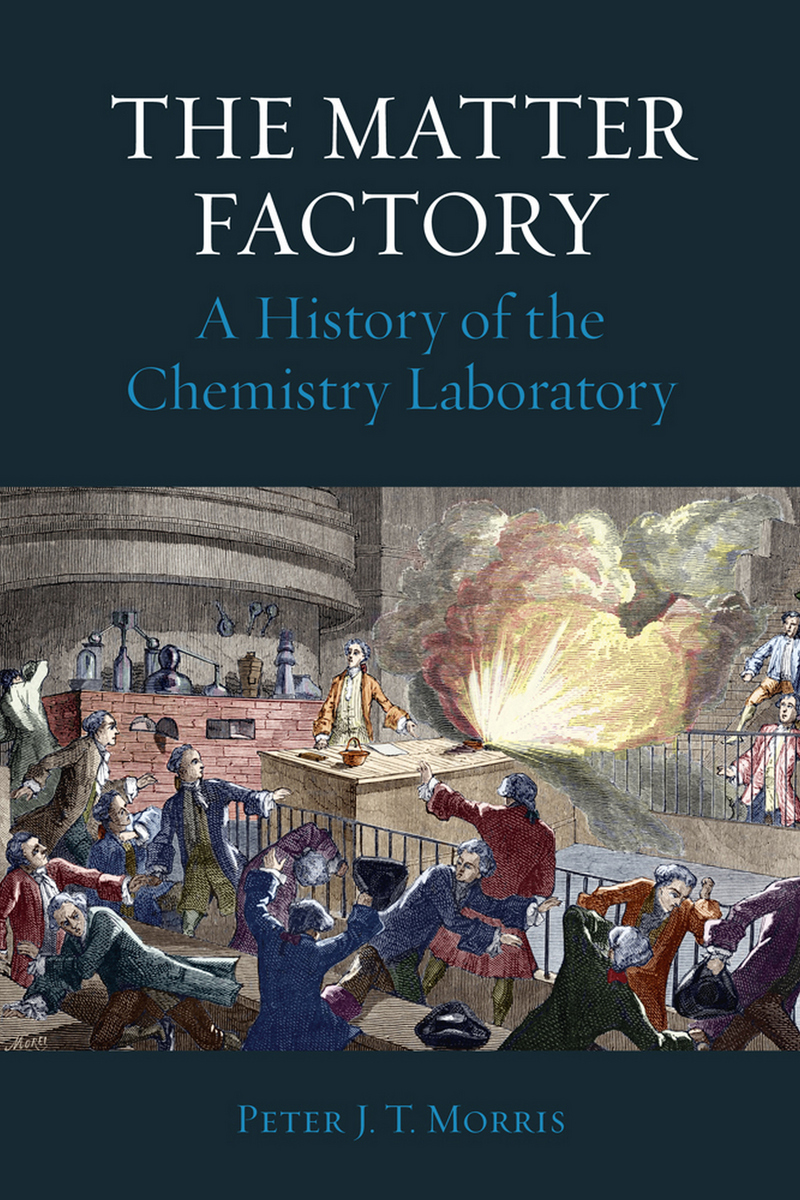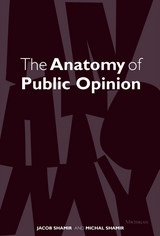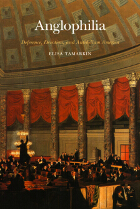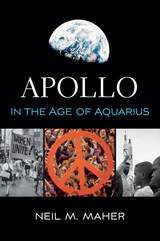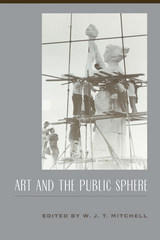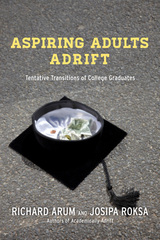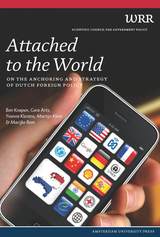The Matter Factory: A History of the Chemistry Laboratory
Reaktion Books, 2015
eISBN: 978-1-78023-474-8 | Cloth: 978-1-78023-442-7
eISBN: 978-1-78023-474-8 | Cloth: 978-1-78023-442-7
ABOUT THIS BOOK | AUTHOR BIOGRAPHY | REVIEWS | TOC | REQUEST ACCESSIBLE FILE
ABOUT THIS BOOK
White coats, Bunsen burners, beakers, flasks, and pipettes—the furnishings of the chemistry laboratory are familiar to most of us from our school days, but just how did these items come to be the crucial tools of science? Examining the history of the laboratory, Peter J. T. Morris offers a unique way to look at the history of chemistry itself, showing how the development of the laboratory helped shape modern chemistry.
Chemists, Morris shows, are one of the leading drivers of innovation in laboratory design and technology. He tells of fascinating lineages of invention and innovation, for instance, how the introduction of coal gas into Robert Wilhelm Bunsen’s laboratory led to the eponymous burner, which in turn led to the development of atomic spectroscopy. Comparing laboratories across eras, from the furnace-centered labs that survived until the late eighteenth century to the cleanrooms of today, he shows how the overlooked aspects of science—the architectural design and innovative tools that have facilitated its practice—have had a profound impact on what science has been able to do and, ultimately, what we have been able to understand.
Chemists, Morris shows, are one of the leading drivers of innovation in laboratory design and technology. He tells of fascinating lineages of invention and innovation, for instance, how the introduction of coal gas into Robert Wilhelm Bunsen’s laboratory led to the eponymous burner, which in turn led to the development of atomic spectroscopy. Comparing laboratories across eras, from the furnace-centered labs that survived until the late eighteenth century to the cleanrooms of today, he shows how the overlooked aspects of science—the architectural design and innovative tools that have facilitated its practice—have had a profound impact on what science has been able to do and, ultimately, what we have been able to understand.
